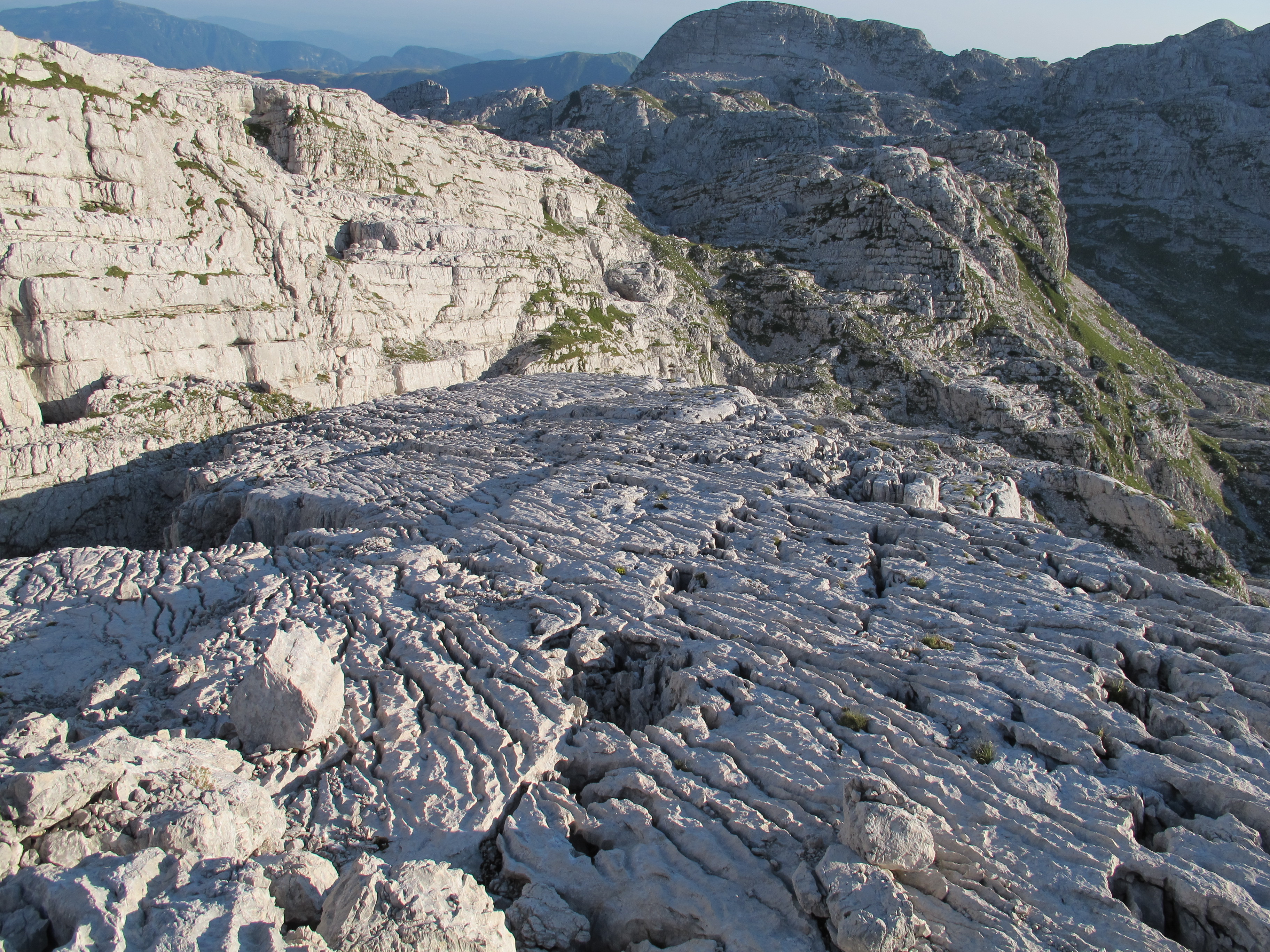 Earth’s critical zone, the outer skin of the earth between treetops and the base of groundwater has been described as where life meets rocks. Its impacts on human well-being have made it the focus of intense research through numerous place-based “Critical Zone Observatories” and more recently theme-based “Critical Zone Networks”. However, these research efforts have neglected most of the nearly 15% of Earth’s ice-free surface underlain by nearly pure carbonate bedrock, as well as even more extensive areas underlain by mixed carbonate and silicate bedrock.
Earth’s critical zone, the outer skin of the earth between treetops and the base of groundwater has been described as where life meets rocks. Its impacts on human well-being have made it the focus of intense research through numerous place-based “Critical Zone Observatories” and more recently theme-based “Critical Zone Networks”. However, these research efforts have neglected most of the nearly 15% of Earth’s ice-free surface underlain by nearly pure carbonate bedrock, as well as even more extensive areas underlain by mixed carbonate and silicate bedrock.
To foster research into the “Carbonate Critical Zone”, Jon Martin and colleagues received a five-year $500,000 grant from the National Science Foundation to develop a Research Coordination Network (RCN). The RCN hosted an inaugural international workshop (held virtually because of COVID) in August and September 2020 to develop key research questions related to carbonate minerals in the critical zone and to form collaborations among interested researchers. Results of that workshop were recently published in the American Geophysical Union’s newsletter EOS.
Going forward, the next event to be hosted by the RCN will be a second workshop to be held in Gainesville April 4-6, 2022. Information about the workshop, as well as the RCN generally, can be found on the RCN website.
Photo: Exposed alpine karst weathering surface on Mt. Kanin in the Julian Alps of Slovenia, near the Classical Karst region from which karst gets its name. Photo credit: Matt Covington.